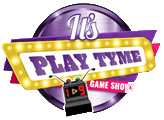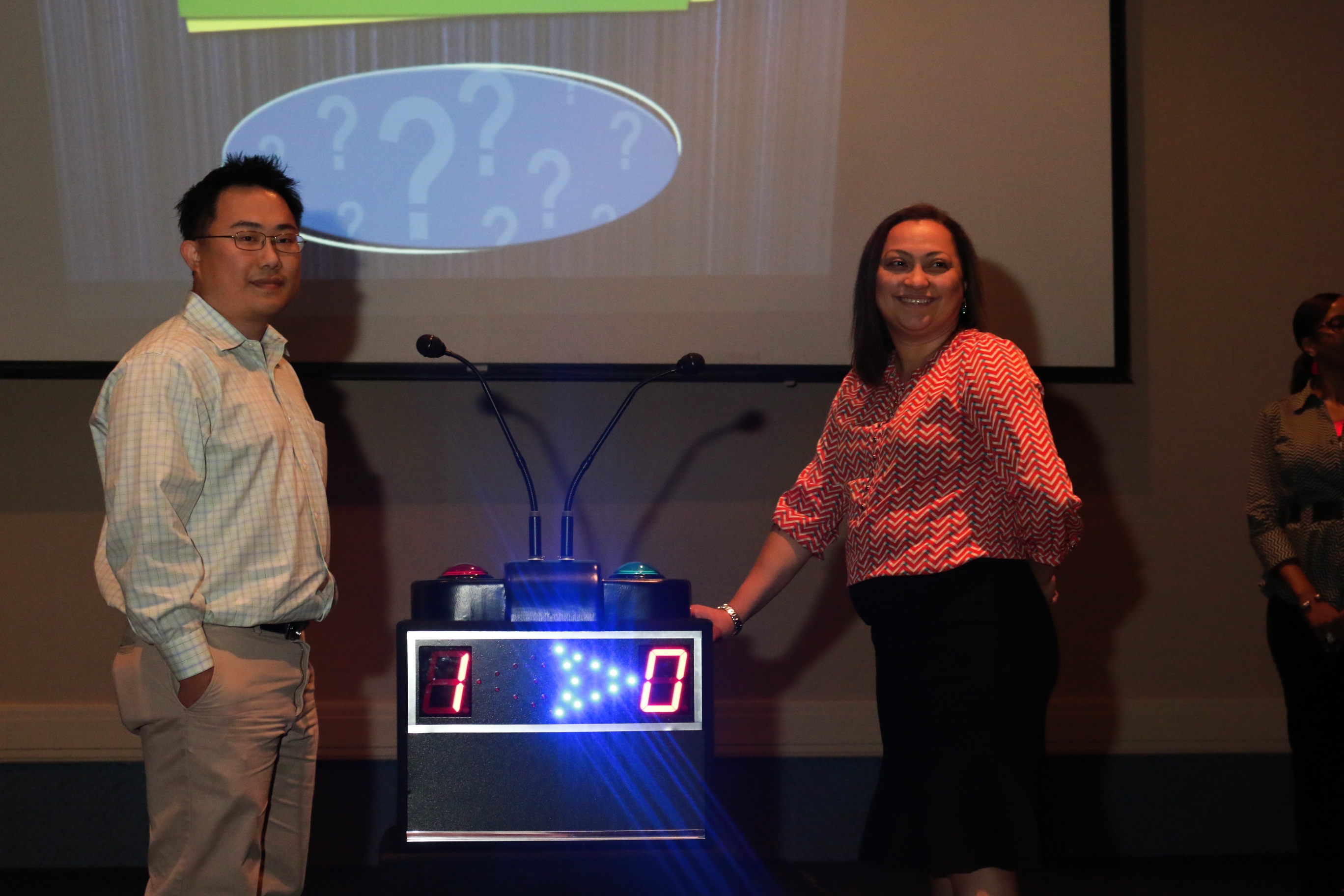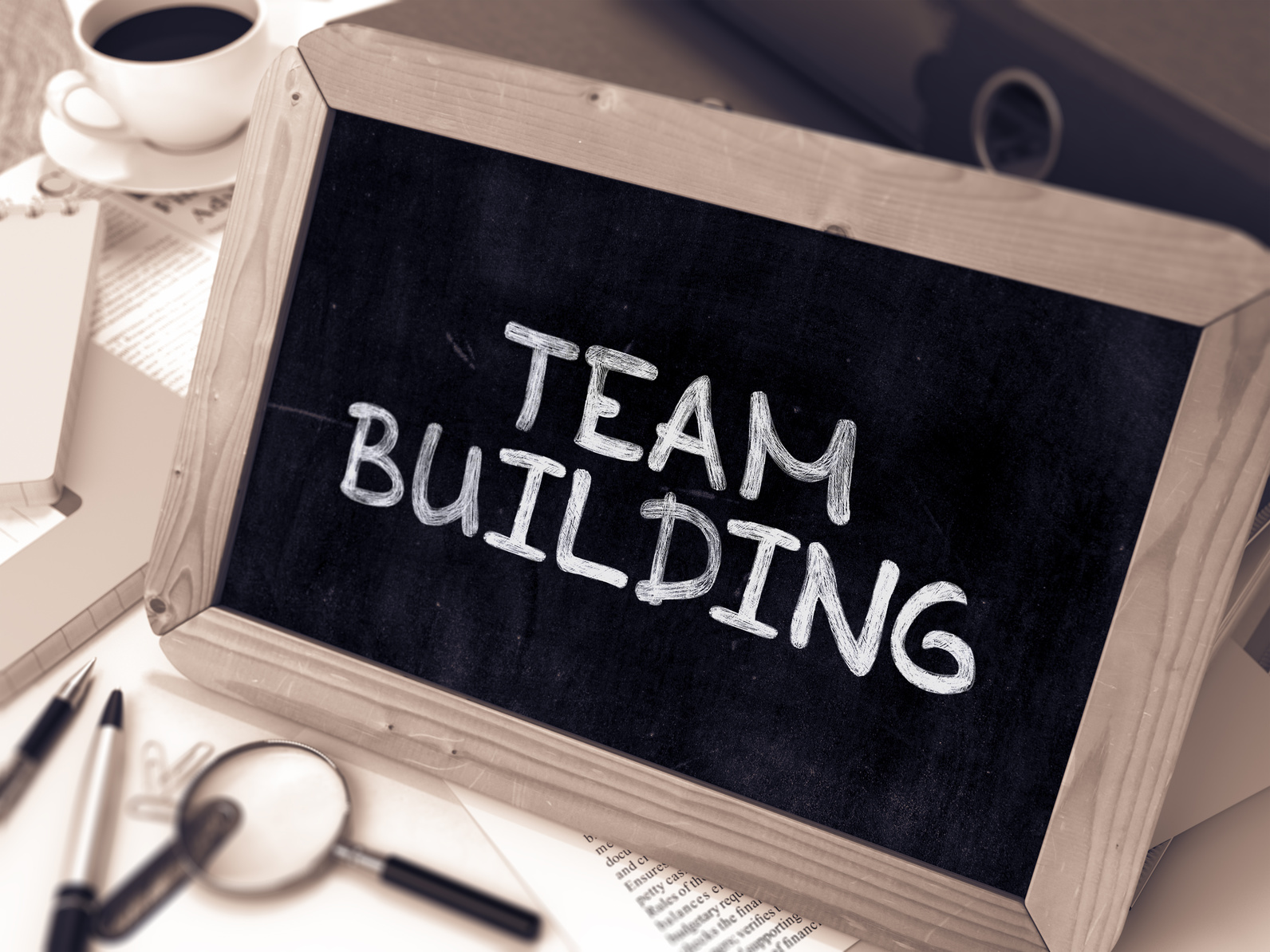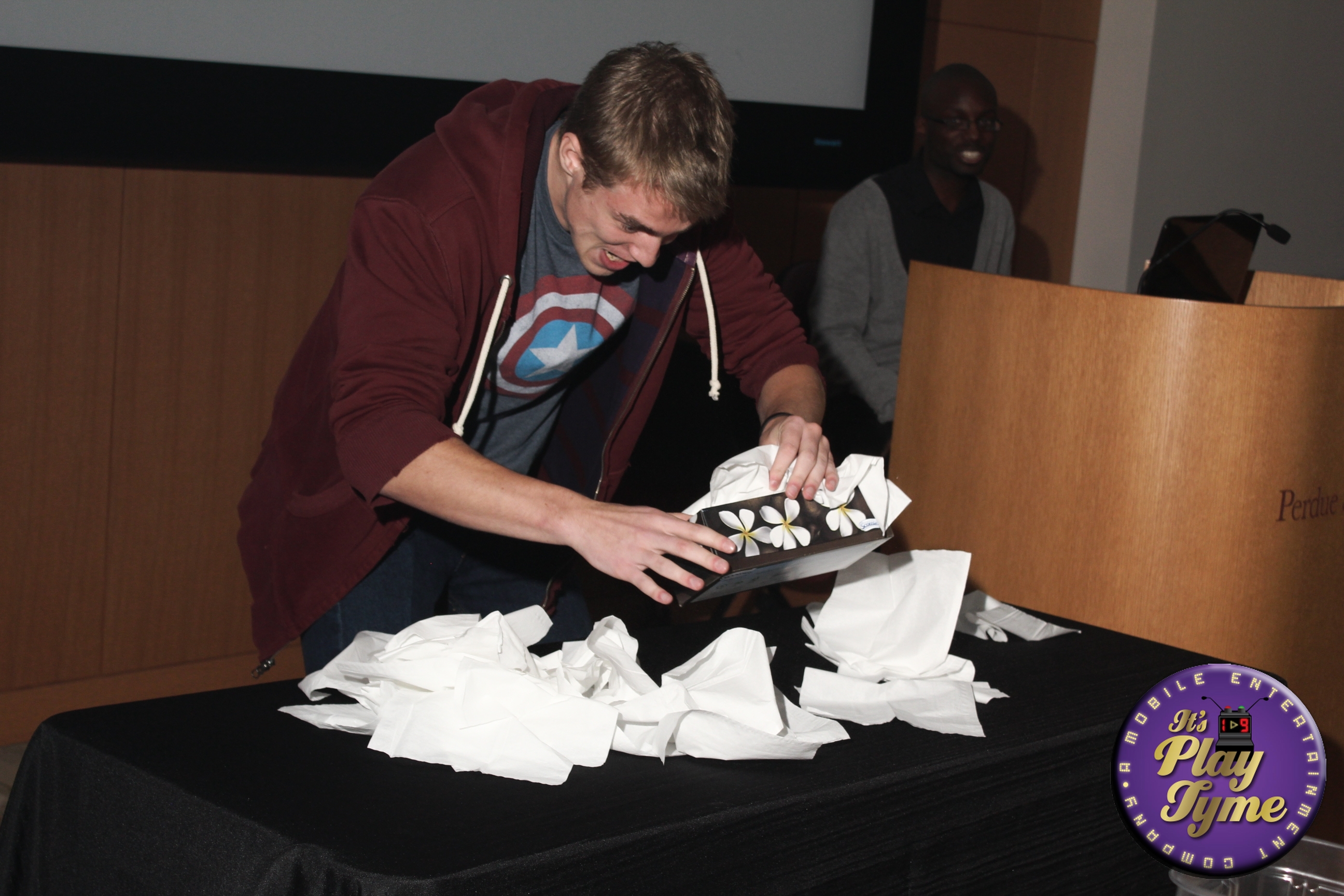Team leaders, forget the fluffy icebreakers; thoughtful team-building questions are a more strategic tool to use. Nearly 75% of employees say these questions make them feel more engaged and valued. Because the right questions go beyond just surface-level small talk, they dive deeper and tap into what truly motivates people.
Asking about team members’ goals, challenges, and inspirations isn’t just good conversation, it’s a leadership move. It builds psychological safety, shows you’re listening, and sparks meaningful dialogue that strengthens trust.
When you ask consistently, not just once at a retreat, it sends a clear message:
“We care about who you are, not just what you do.”
And that’s how you create a culture where people stay, grow, and give their best. If you’re not using team-building questions intentionally, you’re missing one of the easiest, most human ways to build a stronger team from the inside out.
Key Takeaways
- Short, meaningful prompts help you uncover employee strengths.
- Regular feedback inspires trust and collaboration.
- Open-ended questions drive deeper interactions.
- Consistent conversations reinforce a supportive culture.
- Targeted inquiries align everyone toward shared goals.
- Proactive questioning shows you care about staff development.
- Valuable insights guide strategic changes over time.

Face-to-Face feud team game
Why Effective Team Bonding Activities Matter
Team bonding activities bring new life to your workplace. They give everyone a break from daily tasks and help team members bond. A good event can lower stress and boost creativity.
When you choose relationship-building activities, you create a stronger team. Real connections grow when people share moments outside work. This leads to better teamwork and higher morale.
There are many ways to bond, like small challenges, workshops, or casual meetups. Each method suits different people and builds trust. Focusing on unity encourages employees to share new ideas and solve problems fast.
This approach strengthens support networks and sets the stage for success.
1 – Icebreaker Questions – Spark Authentic Connections
You want people to share real stories and insights. Icebreaker questions make everyone feel comfortable. They help build trust by starting relaxed conversations.
Discover new ideas in this holiday guide. It’s perfect for adding a festive touch to your team.
Choosing the Right Time to Use Icebreakers
Start with a question to set a relaxed mood. They’re great for onboarding, training, or when roles change. Fun topics help team members focus on goals, reducing tension.
Adapting Your Questions for Different Team Sizes
Small groups do well with personal questions for bonding. Larger teams enjoy light, interesting questions. This approach creates an open and collaborative atmosphere all day.
2 – Communication Exercises to Build Momentum
A strong flow of ideas needs open channels for everyone to share. Introduce communication exercises to boost collaboration. Daily updates keep your team informed and agile.
Encourage your teams to talk about challenges and celebrate small victories. This builds trust and lets new members share their thoughts. When these exercises are part of real projects, discussions become more effective.
Try a structured activity that challenges your employees to brainstorm under pressure. A supportive setting sparks creativity and improves problem-solving. Check out this dynamic blog for more tips to enhance team rapport.
| Exercise | Purpose | Outcome |
|---|---|---|
| Daily Huddle | Share updates and goals | Heightened awareness |
| Rapid Brainstorm | Boost creativity under deadlines | Innovative solutions |
| Peer Feedback Loop | Encourage constructive input | Sharper project direction |
3 – High-Impact Team-Building Questions
Creating open channels for discussion shapes stronger collaboration. You spark renewed enthusiasm when you ask focused prompts. These questions reveal personal motivations, highlight improvement areas, and build genuine engagement. They nurture deeper employee confidence and reduce misunderstandings.
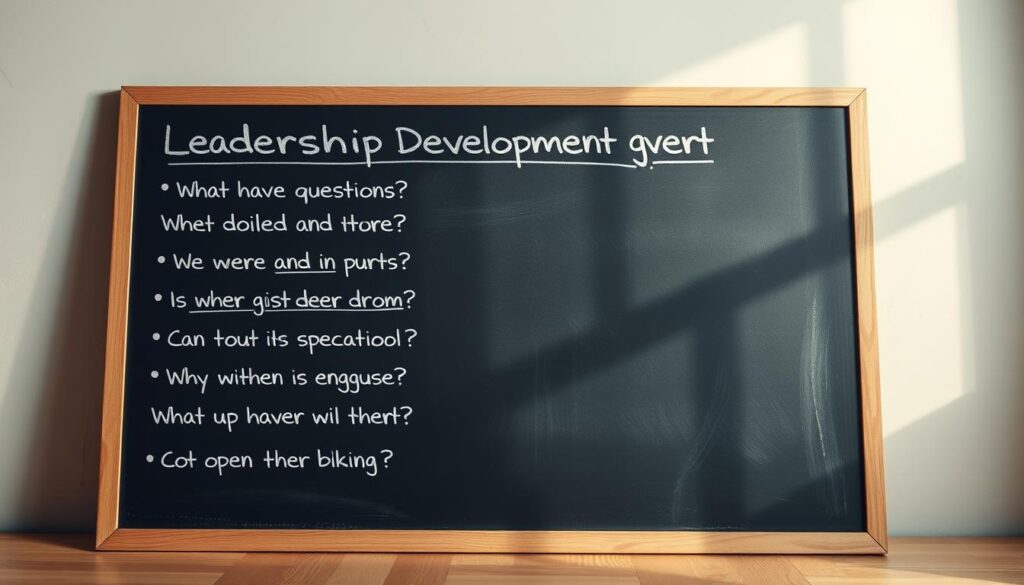
Fostering Trust with Open-Ended Queries
Open-ended prompts invite detailed responses that uncover hidden ideas. You gain honest insights by encouraging individuals to reflect on recent challenges, future aspirations, and shared victories. This approach brings undiscovered talent to the forefront. It also clarifies how your workforce perceives current priorities.
Aligning Team Building Questions with Your Company Goals
Team alignment emerges when you integrate mission-oriented discussions and leadership development questions. Queries centered around shared milestones or strategic objectives keep the conversation focused on achievable outcomes. Visit
This resource provides dynamic ways to streamline your team’s growth.
- Encourage participants to connect personal aims with group objectives
- Create new strategies around uncovered pain points
- Monitor progress through consistent feedback loops
| Question Type | Key Benefit |
|---|---|
| Open-Ended | Encourages honest and in-depth discussion |
| Leadership Development | Identifies emerging leaders and new perspectives |
| Goal-Oriented | Aligns individual efforts with the overall strategy |
To Build Trust + Connection
Forget the surface-level stuff, the below questions are designed to dig deeper and move the needle on trust, communication, and connection. Whether you’re kicking off a meeting, planning a retreat, or leading a new team, these prompts will spark the kind of conversations that matter. Use them strategically to break silos, boost morale, and build a team that’s locked in and leveled up.
-
What’s one thing people often misunderstand about you at work?
-
When do you feel most supported by your team?
-
What’s something you’re proud of that no one here knows about?
-
Who has influenced your work style the most, and how?
-
If someone shadowed you for a day, what would surprise them most?
To Understand Motivation + Goals
-
What part of your job makes you feel the most energized?
-
What’s a skill you’d love to develop this year—and why?
-
What does “success” look like for you beyond the job title?
-
What’s one thing that motivates you to show up on tough days?
-
If you had full creative control, what project would you launch today?
To Spark Creative Thinking + Problem Solving
-
What’s one thing we could do differently as a team to work smarter?
-
If we had an unlimited budget for one week, what would you improve first?
-
What’s a recent challenge you solved that no one noticed, but should’ve?
-
If we could erase one workplace frustration, what would it be?
-
What’s one outdated habit or process you’d like to reinvent?
To Strengthen Collaboration + Communication:
-
What’s your preferred way to receive feedback—and why?
-
How do you like to be celebrated when you hit a milestone?
-
What’s something teammates can do to support you more effectively?
-
What communication style helps you stay in sync with others?
-
What’s one team habit that helps us thrive, and one that holds us back?
To Encourage Long-Term Growth + Alignment:
-
Where do you see yourself growing within this team in the next year?
-
What kind of legacy do you want to leave behind here?
-
What does a “great workday” look like for you, start to finish?
-
What’s one thing leadership could do to make this a place you never want to leave?
3 – Leadership Development Questions
Your approach to leadership development can reveal hidden strengths and gaps in your team. Real-world examples from global brands like Apple show the impact of intentional questioning on driving professional growth. By asking open-ended prompts on goals or challenges, you encourage employees to share their vision and adapt it to each project’s demands.
Focusing on problem-solving activities during these conversations helps you see who transforms obstacles into fresh possibilities. This process shapes future leaders who bring strong judgment and clear communication to every department. You gain a deeper look at each individual’s capacity to guide peers through change and turn uncertainty into productive outcomes.
| Question Type | Purpose | Outcome |
|---|---|---|
| Open-Ended | Uncover personal growth goals | Inspires ownership of development |
| Challenge-Based | Evaluate adaptability | Promotes inventive thinking |
| Situational | Gauge response to real-life hurdles | Identifies leadership behaviors |
These targeted discussions upgrade your culture into one that rewards resilience. Leaders emerge who respond to problem-solving activities with steady confidence and a drive to achieve results. As you examine feedback, you refine strategies and nurture a workforce ready to step into higher roles.
4 – Collaboration, Fostering Teamwork Questions
Teamwork doesn’t thrive on guesswork—it thrives on clarity. When each person understands their role and how it connects to others, collaboration becomes seamless.
Use targeted collaboration questions to break silos, align goals, and spark honest dialogue. Whether you’re working with a small task force or a large department, the right questions can shift mindsets from “me” to “we.”
It’s not just about feeling like a team, it’s about thinking and executing like one.
Boosting Team Synergy Through Shared Goals
Want to get your team aligned and energized? Start by spotlighting each person’s strengths and asking how their unique skills support the team’s mission. When people see how they fit into the bigger picture, they take more ownership and show up stronger.
Shifting the focus to strategy and impact turns passive participants into active problem-solvers. This kind of purposeful collaboration doesn’t just build morale, it makes even the toughest projects feel more achievable.
Overcoming Conflict with Targeted Queries
Conflicts happen when we don’t understand each other. Use direct questions to find out what’s going on. Ask each person to share their thoughts and listen to others.
Working together to solve problems creates a supportive team. By addressing issues early, you help find lasting solutions.
| Objective | Sample Collaboration Question |
|---|---|
| Align Goals | What shared targets can we establish to unite our efforts? |
| Solve Issues | Which challenges need our collective insight to avoid roadblocks? |
| Promote Respect | How can we value each other’s input and maintain harmony? |
Methods for Introducing Trust-Building Exercises
Start with regular check-ins to spark honest talks. Leaders should be open to showing they care about a supportive team. Workshops can help deepen relationships and build a culture of trust.
Harvard Business Review notes, “High-trust teams often outperform others by creating a space where members share bold ideas without fear.”
Organize social events or coffee chats to build connections. Regular sessions help keep the conversation going.
- Promote open-ended prompts during discussions
- Share personal goals or recent lessons learned
- Recognize small milestones to keep morale high
Strategizing Through Problem-Solving Activities
In today’s fast-paced work world, quick solutions and solid strategies are key. You help your teams tackle problems fast, which boosts their morale. By mixing different skills, you come up with creative solutions that fit changing needs.

Encourage everyone to share their ideas to build ownership and excitement. Trust-building exercises help everyone feel safe to share new ideas. This mindset sees challenges as opportunities to improve and achieve better results.
Brainstorming Techniques for Cross-Functional Teams
Divide your team into groups with different departments and give them set times to brainstorm. Write down all ideas, group similar ones, and pick the best ones.
This way, you use everyone’s skills to make big decisions. It helps solve problems quickly and prepares your team to meet company goals.
Here are some tips to spark good discussions:
- Set a clear goal that everyone can work towards.
- Assign specific tasks to avoid confusion.
By mixing trust-building with structured brainstorming, you lay the groundwork for big wins across your company.
Measuring the Impact of Your Team-Building Initiatives
Success comes from constant evaluation and a readiness to change. Watching how team activities affect daily work is key. Regular checks show what works and what needs a new approach.
For more tips on tracking success, check out this guide.
Tracking Progress with Feedback Surveys
Surveys help understand how teams feel about working together. They show how happy and united everyone is. Here’s how to start:
- Send out quick digital surveys often.
- Look at the answers to spot strengths and issues.
- Talk to team leaders to plan next steps.
Adjusting Strategies to Meet Evolving Needs
Change your plans when new projects or technologies come along. This keeps your team ready to learn and grow. Use training and activities that adapt to new challenges. For more on building strong teams, see this resource. Keep goals flexible to help your team succeed.
Conclusion – Questions for Team Building
You can make your workplace more culturally rich by using different approaches. Keep communication open and trust-building sessions regular. Also, use collaboration questions to keep everyone involved.
By valuing each person’s strengths, you create a sense of belonging. This makes everyone feel more connected.
Make time for activities that help people get to know each other. A quick guide offers creative ideas to start. These questions lead to honest talks and build empathy.
They also help break down barriers that stop innovation and teamwork.
Always ask for feedback and watch for signs that your team is ready for new things. By constantly improving your team-building efforts, you build a productive culture. Your hard work today will lead to success tomorrow.
